Oxydizing various functional groups
Alkanes

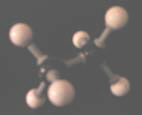
Alkanes are difficult to oxydise, exept of course the burning with Oxygen.
Mind for example: natural gas, butagas, etcetera.
Complete combustion of natural gas includes changes of the oxydation numbers.
Alkanoles
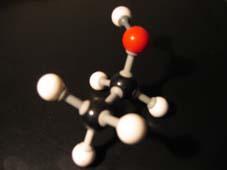
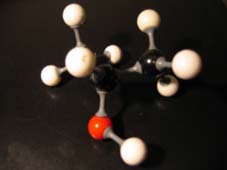
Alkanoles are mostly oxydised with acid permanganate of with acid dichromate; i.e. with a rather strong oxydator.
Alkanales do not need such strong oxydators; weaker oxydators like Ag+ or Cu2+ are sufficiently strong to reach the aim; if at least some conditions are responded (see further).
Alkanales can be oxydised more easy than alkanoles.
Oxydizing an alkanol, the first step gives a substance with two OH-groups at one C-atom (check that).
As said, such a compound with more OH-groups at one C-atom is not stable; of those two OH-groups, one molecule of water will be removed.
Than remains a double bonded O (alkanal, alkanone, alkanoic acid).
We also can burn directly alkanoles/alcohols, and of course we obtain the well known carbon dioxyde and water.
But now we are talking about the more subtile way with weaker oxydators and with special products:
the ion dichromate in acid environment can oxydise a primary alkanol in two steps (via the intermediate alkanal) up to the final product alkanoic acid.
Alkanales
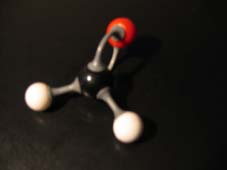
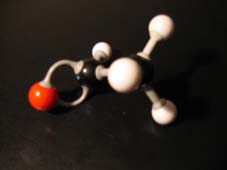
For the oxydation of alkanales (rather easy) we often use acid permanganate or acid dichromate.
Yet these oxydators are stronger than needed in these cases.
An alkanal has an aldehyde group (-CHO) and the C=O bond is rather polar. that's why oxydators easily attack the δ+-part.
Weak oxydators, like silver- or copper(I) ions are stong enough to oxydise alkanales, whereby the product will be a carboxylic group, that means an acid.
So: it is easier to oxydise an alkanal than an alkanol.
Alkanones
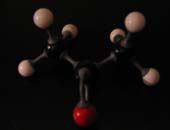
In the case of alkanones, there is polarity between the C and the O of the C=O group, but that particular C-atom does not possess an extra H-atom where the oxydation shoult have to take place.
So it doesn't work. Only with very powerfull oxydators can be done something, and alone if the C - C bond is broken.
Alkanoic acids
Organic acids normally cannot be oxydised easily, just like ethers and esthers.
The reaction scheme below has five steps.
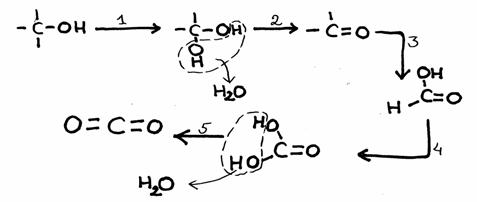
- In these cases, oxydation comes with the introduction of an O-atom between a C and an H
- mostly in organic substances, the presence of more OH-groups at one C is unstable
- the final products are carbon dioxyde and water.
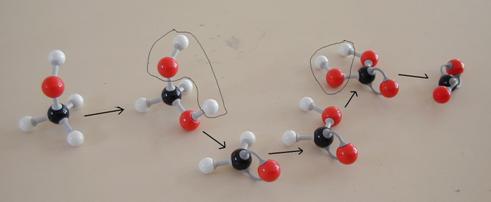
Ethers
There is an O between two C-atoms, so there must be some polarity, but there is also great symmetry.
That's why we cannot expect big polarity, and therefore it will be more difficult to oxydise ethers.
It is difficult to oxydise organic acids. Not because there is no polarity, but because there is no H-atom connected to the polar Cδ+, where the O should be connected. The same for esthers.
Methanoic acid and dicarbonic acid can easily be oxydised.








